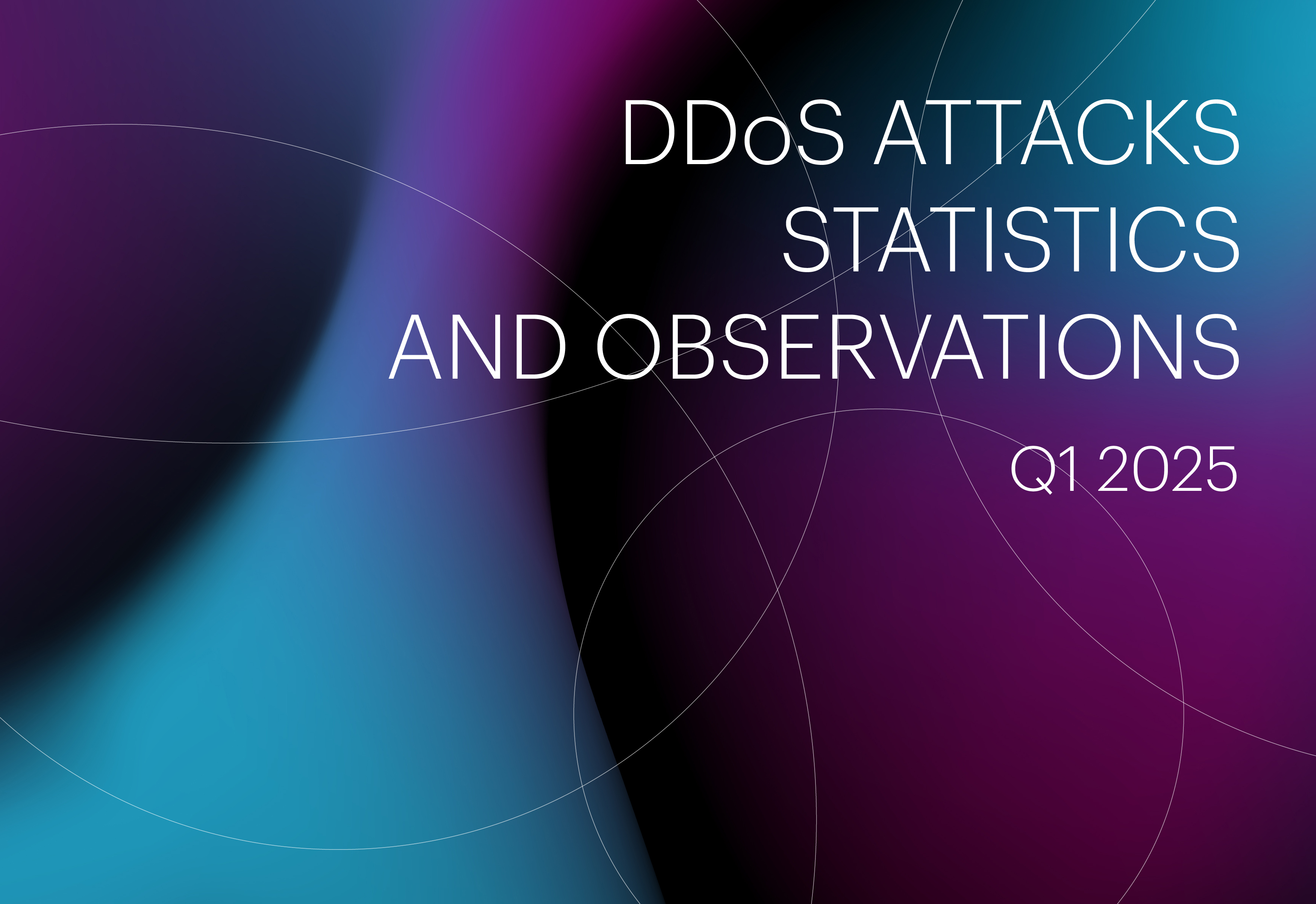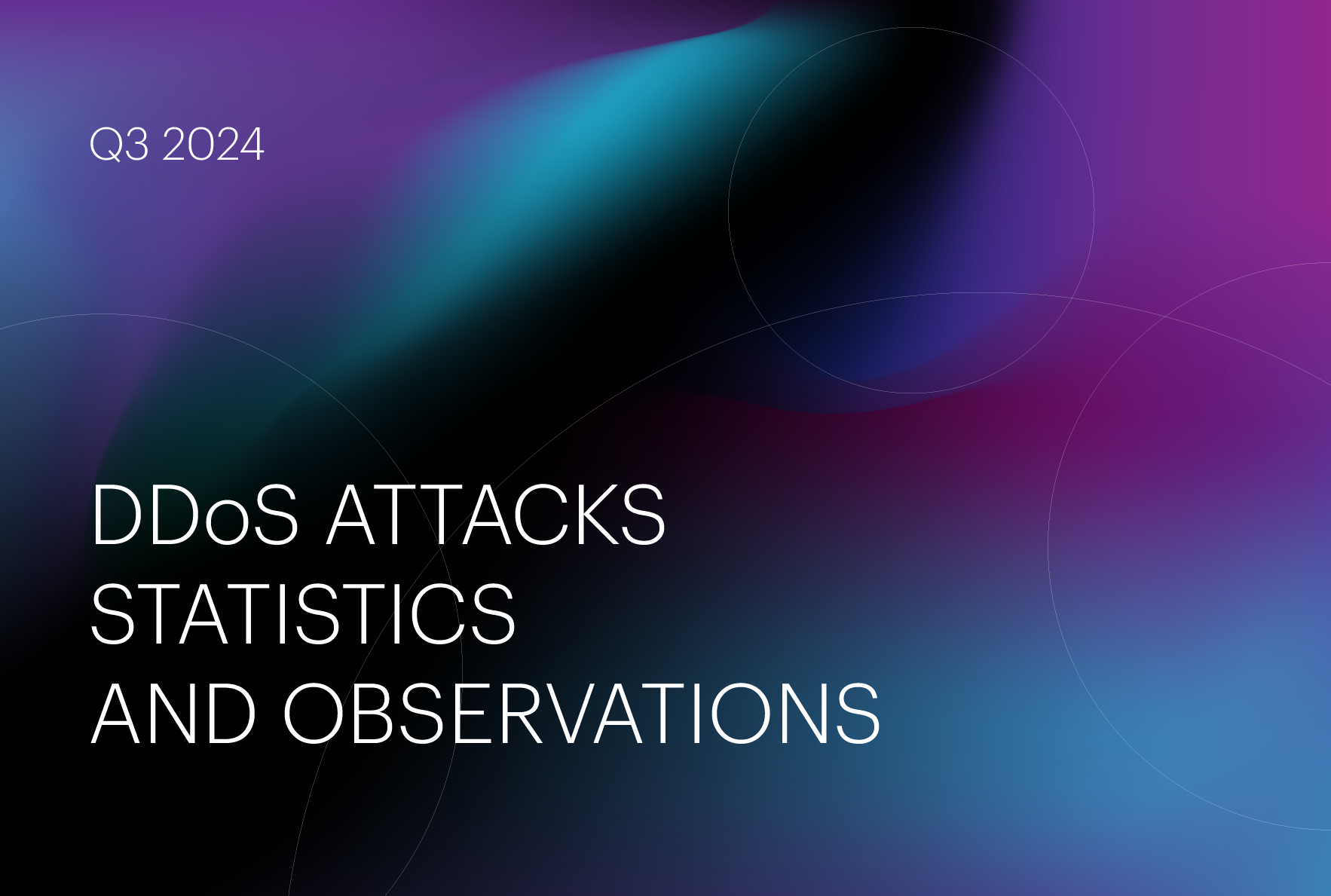The case of mysterious BGP session resets caused by a malformed OTC attribute
We recently ran into an unusual issue: BGP sessions were resetting with no obvious explanation shortly after routers received new routes. To understand what was happening, we collected and analyzed the BGP UPDATE messages that consistently triggered the errors.
It quickly became clear that all problematic routes had one thing in common: they carried a malformed OTC attribute. The real root cause, however, was not just the presence of a bad attribute, but the way different routers reacted to it. Before looking at that behavior, it helps to recap what OTC is and how it is supposed to work.


